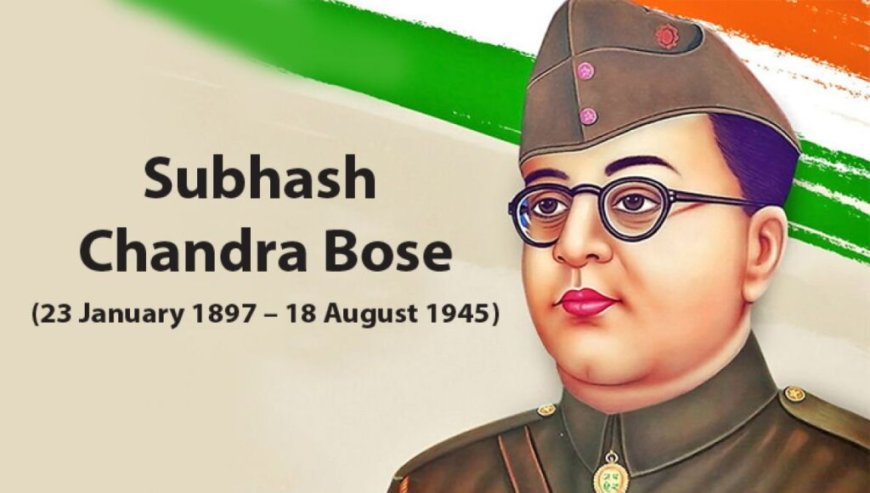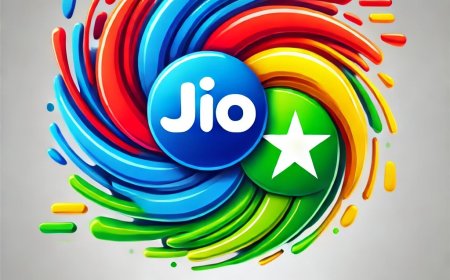Services Offered by Zomato
Zomato is a prominent Indian multinational restaurant aggregator and food delivery service, founded in 2008 by Deepinder Goyal and Pankaj Chaddah. Initially launched as "Foodiebay," the company rebranded to Zomato in 2010.

Zomato is a prominent Indian multinational restaurant aggregator and food delivery service, founded in 2008 by Deepinder Goyal and Pankaj Chaddah. Initially launched as "Foodiebay," the company rebranded to Zomato in 2010. Zomato began as a restaurant listing and review platform, helping users discover nearby restaurants, view menus, check reviews, and explore various dining options. Over the years, it has evolved to offer additional services like online food delivery, table reservations, and grocery delivery in some markets.
Here's a detailed breakdown of Zomato's key services, business model, and other significant aspects:
1. Services Offered by Zomato
- Restaurant Listings and Reviews: Users can browse local restaurant listings, read reviews, view ratings, check out menus, and get recommendations.
- Online Food Delivery: Zomato allows users to order food from local restaurants and get it delivered to their doorstep. It partners with a vast network of restaurants and local delivery agents.
- Table Reservations: Zomato’s reservation service enables users to book tables at restaurants in advance, reducing wait times.
- Zomato Pro: This subscription-based service provides members with discounts on food delivery and dining. Members get benefits like faster deliveries and additional discounts.
- Hyperpure: This is Zomato's B2B food supply service, offering restaurants fresh and high-quality ingredients.
2. Business Model
Zomato's business model revolves around multiple revenue streams:
- Commission on Food Orders: Zomato charges a commission on each order placed through its platform, shared between the restaurant and the delivery partner.
- Subscription Plans: Revenue from Zomato Pro and Zomato Gold subscriptions, which offer customers exclusive discounts and benefits.
- Advertising and Listings: Restaurants can pay for premium listings and advertise their services on the platform for better visibility.
- Hyperpure: Revenue generated from the sale of ingredients and supplies to restaurants.
3. Expansion and Growth
- Zomato initially started in India and rapidly expanded to international markets. At its peak, it operated in over 20 countries.
- In recent years, Zomato has focused on strengthening its presence in India and has scaled back operations in certain international locations to concentrate on its core markets.
- In July 2021, Zomato made a significant milestone by going public on the Indian stock exchanges, marking one of the largest IPOs in India's tech sector.
4. Technology and Innovation
Zomato’s platform uses a data-driven approach to enhance the user experience. Features like AI-driven recommendations, personalized offers, real-time delivery tracking, and user-generated content (such as reviews and ratings) are powered by data analytics.
5. Strategic Acquisitions
Zomato has acquired several companies over the years to enhance its capabilities:
- Uber Eats India (2020): Zomato acquired the Indian arm of Uber Eats, strengthening its position in the online food delivery space in India.
- Other Acquisitions: Zomato has also acquired smaller players in the food tech and delivery segments, helping it streamline its operations and expand its market share.
6. Competition
Zomato's primary competitor in India is Swiggy, another leading food delivery service. Both companies compete aggressively, often by offering discounts, expanding delivery networks, and enhancing user engagement through tech innovations.
7. Challenges Faced by Zomato
- High Operating Costs: Food delivery is a low-margin business with high operating expenses, especially around logistics and delivery.
- Regulatory Issues: Zomato has faced regulatory challenges in multiple markets, including issues with restaurant partners and employee benefits.
- Profitability: Like many companies in the gig economy, achieving sustained profitability has been challenging, given the competitive landscape and cost pressures.
8. Recent Developments
- Going Public: The Zomato IPO was a significant event in 2021, with the company listing on the Indian stock exchanges.
- Expansion of Services: Zomato has been exploring new markets and services, including grocery delivery and health supplements, to diversify its revenue streams.
- Focus on Sustainability: Zomato has been working on sustainability initiatives, including the use of eco-friendly packaging and reducing single-use plastics in its delivery operations.
9. Future Plans
- Profitability Goals: Zomato aims to achieve long-term profitability by optimizing its delivery network, controlling costs, and focusing on high-growth markets.
- Expanding Hyperpure: Zomato is expanding its Hyperpure B2B vertical, aiming to build a more comprehensive ecosystem for restaurants.
- Technology Investments: The company continues to invest in AI, machine learning, and data analytics to improve the user experience and streamline logistics.
Zomato’s journey from a simple restaurant listing platform to a comprehensive food services company demonstrates its ability to innovate and adapt to the fast-changing food and technology landscape.
What's Your Reaction?
 Like
0
Like
0
 Dislike
0
Dislike
0
 Love
0
Love
0
 Funny
0
Funny
0
 Angry
0
Angry
0
 Sad
0
Sad
0
 Wow
0
Wow
0













